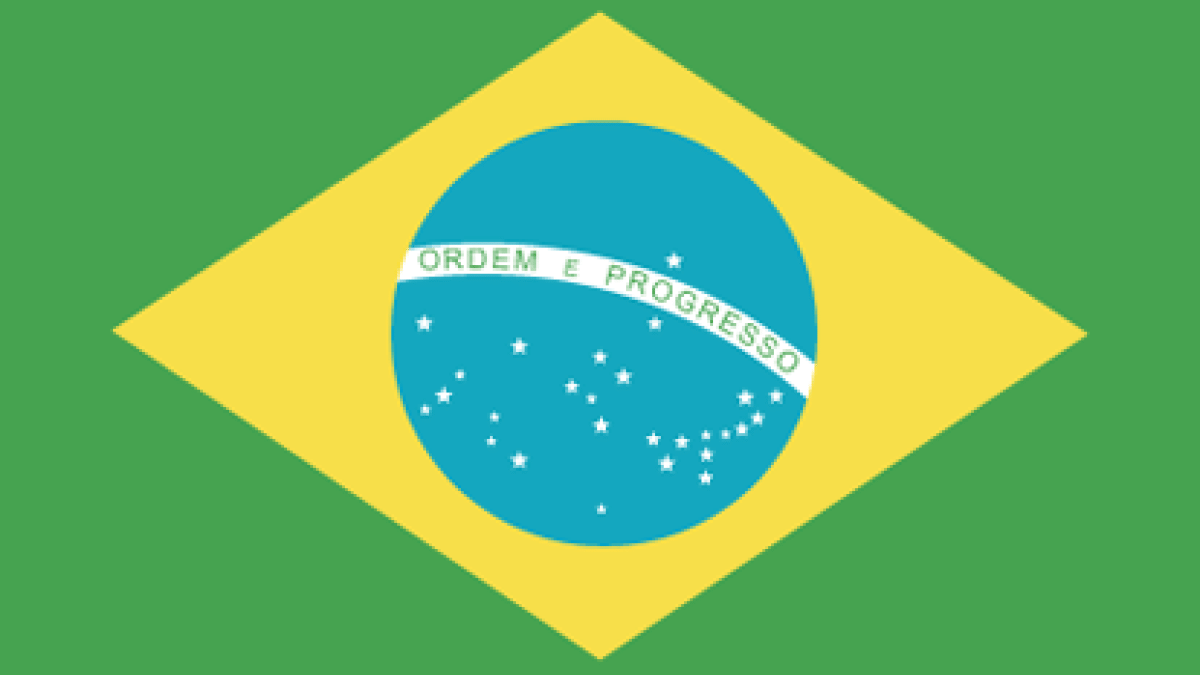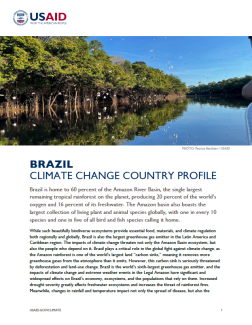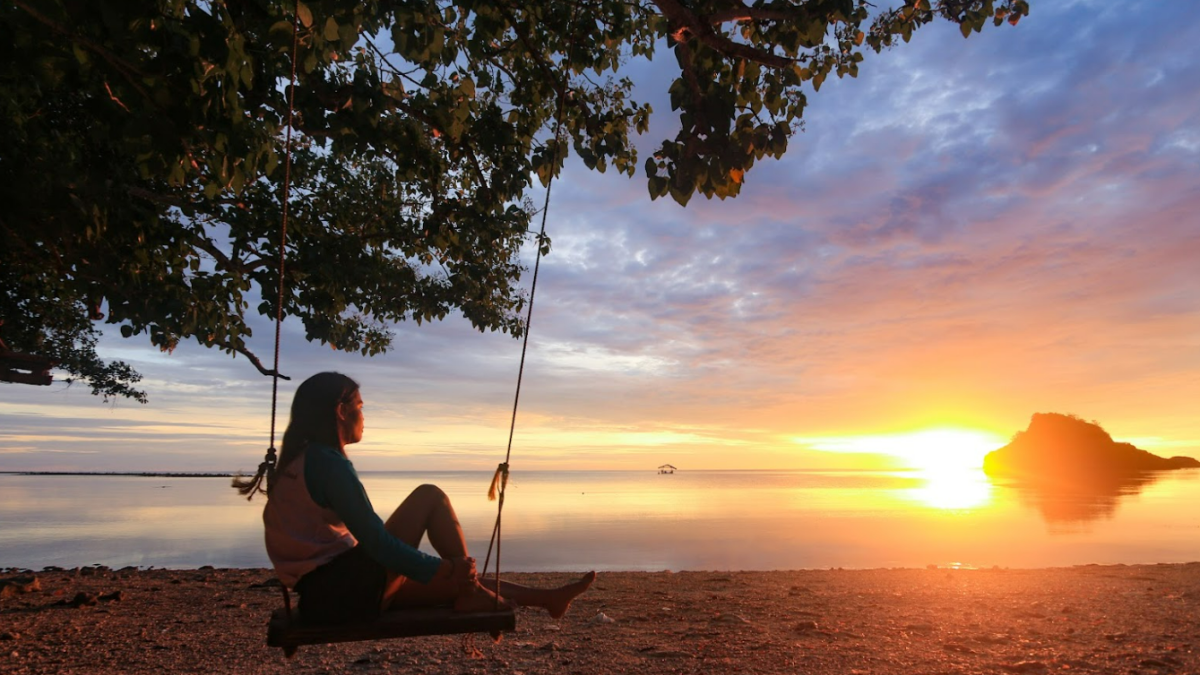Brazil is home to 60 percent of the Amazon River Basin, the single largest remaining tropical rainforest on the planet, producing 20 percent of the world’s oxygen and 16 percent of its freshwater. The Amazon basin also boasts the largest collection of living plant and animal species globally, with one in every 10 species and one in five of all bird and fish species calling it home.
Brazil plays a critical role in the global fight against climate change, as the Amazon rainforest is one of the world’s largest land “carbon sinks,” meaning it removes more greenhouse gases from the atmosphere than it emits. However, this carbon sink is seriously threatened by deforestation and land-use change. Brazil is the world’s sixth-largest greenhouse gas emitter, and the impacts of climate change and extreme weather events in the Legal Amazon have significant and widespread effects on Brazil’s economy, ecosystems, and the populations that rely on them. Increased drought severity greatly affects freshwater ecosystems and increases the threat of rainforest fires. Meanwhile, changes in rainfall and temperature impact not only the spread of disease, but also the degree of sea level rise and the frequency and severity of storm surges—all of which could substantially impact lowland areas of the Amazon basin.
Government of Brazil Climate Priorities
President Lula da Silva, inaugurated in January 2023, has prioritized the reconstruction of Brazil's environmental policy, emphasizing low-carbon socio-economic development. Brazil’s presidency of the G20 summit in 2024 and hosting of the United Nations Climate Change Conference in 2025 (COP30) demonstrates the country’s strengthened cooperation and re-engagement with the international community with regard to addressing climate change. In October 2023, Brazil reverted to its original Nationally Determined Contribution (NDC) targets, reflecting a renewed focus on combating deforestation, particularly across the Amazon biome. The country’s NDC ambitions have returned to the level of its first NDC from 2015, which calls for a reduction of 48 percent in greenhouse gas emissions by 2025 and 53 percent by 2030. However, ongoing fires across the country, combined with ongoing deforestation, indicate that Brazil is not on track to reach either its 2025 target or its 2030 target. Brazil’s emissions under current policies (excluding the land use and land-use change sector) have essentially plateaued, and are expected to grow slightly during the remainder of the decade.
USAID’s Climate Change Program: Objectives and Results
USAID supports the Government of Brazil’s development and climate priorities through a series of initiatives and partnerships across the biodiversity conservation and sustainable landscapes sectors. USAID focuses on initiatives with the potential to leverage resources from the private sector for biodiversity conservation and the improvement of local livelihoods in the nine states of the Brazilian Legal Amazon. USAID advocates for the conservation and sustainable management of protected areas—such as state and federal conservation units, indigenous lands, and other traditional territories— while supporting innovative financial instruments for nature-based solutions.
Biodiversity Conservation
USAID champions Brazil’s conservation efforts through a productive collaboration with the Government of Brazil, civil society, and private sector partners across a large geographic area representing 170 protected areas, of which 116 are indigenous lands. USAID’s biodiversity conservation programming in Brazil focuses on strengthened forest ecosystem conservation and management in the Legal Amazon, contributing to improved climate change mitigation and adaptation outcomes.
Key Results in 2023
USAID has helped:
- Avoid more than 25 million metric tons of CO2 equivalent greenhouse gas emissions
- Strengthen management of 170 protected areas covering nearly 48 million hectares of land
- Leverage more than $12 million for biodiversity-friendly enterprises and social economic development
- Provide technical assistance to indigenous peoples in 116 indigenous lands in all nine Brazilian states to strengthen natural resource management and increase climate change resilience
- Support 230 sustainable, climate-resilient Amazon socio-biodiverse products
- Extend socio-economic benefits related to USAID activities promoting climate-resilient livelihoods to more than 44,380 individuals
Key Biodiversity and Sustainable Landscapes Programs and Initiatives
USAID strengthens sustainable value chains to increase the economic value of the standing forest, resulting in additional socio-economic benefits for more than 94,000 people. In addition to working with local communities, civil society, and government partners, USAID engages the private sector to jointly co-design, co-implement, and co-evaluate initiatives for greater scale, sustainability, and effectiveness in advancing biodiversity conservation and sustainable development in the region.
Partnership with U.S. Forest Service
USAID partners directly with the U.S. Forest Service (USFS) to strengthen Brazilian agencies that deal with fire management. Building upon the long-term relationship between USFS and the Government of Brazil, this activity helps develop specialized technical capacity to prevent and protect Brazilian forests from fire damage by promoting improved management of protected areas and natural resources.
Amazon Biodiversity Fund (ABF) Brazil
Launched in 2019, the ABF is an impact investment fund managed by Impact Earth and co-designed with support from USAID, the Alliance of Biodiversity International & Centro Internacional de Agricultura Tropical (Alliance & CIAT). Alliance & CIAT became ABF’s cornerstone investor by using $15 Million from USAID funds to invest in ABF. To date, ABF has fundraised $50 million in private capital and is currently in the investment phase, with eight ongoing investments and several others in the pipeline. The fund seeks to conserve biodiversity in the Brazilian Legal Amazon by investing in sustainable production supply chains and related conservation enterprises that conserve biodiversity while supporting local livelihoods.
Regenerative Agriculture for Conservation of the Amazon (ARCA)
The ARCA program promotes nature-based solutions in buffer zones around conservation units, indigenous lands, quilombolas, and land reform settlements in seven territories in three of Brazil’s Amazonian states—Mato Grosso, Maranhão, and Pará, all of which are located in the Brazilian Amazon’s Arc of Deforestation. ARCA’s aim is to promote rural development, biodiversity conservation, and the socio-environmental resilience of traditional communities through capacity building, collaboration, and innovation. ARCA promotes the adoption and spread of regenerative practices and context-sensitive solutions while also increasing inclusive participation, improving access to resources and markets, and enhancing evidence gathering practices to better guide policies and investments.
Catalyzing and Learning from Private Sector Engagement (CAL-PSE) and PPA
CAL-PSE supports the maturation and institutional capacity of PPA, a collective action platform that aims to engage private sector companies and civil society organizations to develop and identify innovative solutions for sustainable development and conservation of the Brazilian Amazon. Following several years of USAID support, PPA institutionalized in 2024 and is currently working to build its financial sustainability. CAL-PSE also provides monitoring, evaluation, and learning technical expertise, supporting USAID efforts to monitor and evaluate programming, capture lessons learned, and implement best practices for working with the private sector.
Tapajós for Life
The Tapajós for Life activity aims to reduce threats to Amazon biodiversity by improving sustainable use and conservation of 7 million hectares of protected areas and indigenous peoples’ lands and local communities' lands in the Tapajós river basin. It will expand the sustainable value chains for forest products, support community-based tourism, and improve territorial management within the river basin. This activity also seeks to create positive climate and environmental impacts by contributing to the maintenance of carbon stocks and reducing greenhouse gas emissions.
Integrated Indigenous Territorial Management
The purpose of this activity is to enhance the capacity of indigenous peoples and their representative organizations to protect and sustainably manage natural resources in a total combined area of 27 million hectares in forested landscapes of southern Amazonas state, and across the savannah and forested landscapes of Roraima state. This activity will work with 10 indigenous representative organizations in these states to develop territorial and environmental management plans that incorporate socio-environmental policy advocacy and climate action plans on 77 indigenous lands, home to 70,000 individuals from 24 ethnic groups.
Alliance of Indigenous Peoples for the Forests of the Eastern Amazon: Conserve, Protect, and Restore
The Alliance of Indigenous Peoples for the Forests of the Eastern Amazon: Conserve, Protect, and Restore activity works with indigenous representative organizations to conserve, protect, and restore natural resources in 14 indigenous territories in Maranhão and Tocantins states. The project will cover a total combined area of approximately 2.5 million hectares of land that is home to a population of roughly 35,000 individuals from 11 ethnic groups, as well as a group in voluntary isolation.
Assobio: The Call for Socio-Biodiversity
Assobio: The Call for Socio-Biodiversity Project will strengthen bioeconomy value chains that hold potential for forest and biodiversity conservation while ensuring income generation and food security in the state of Mato Grosso.
Well-Being and Territorial Management in the Rio Negro and Xingu River Basins Project
The Well-Being and Territorial Management in the Rio Negro and Xingu River Basins Project seeks to strengthen the capacity of indigenous peoples of the Xingu and Rio Negro river basins—and their networks of partnerships—to implement Brazil’s National Policy for the Territorial and Environmental Management of Indigenous Lands and its management instruments, such as the Territorial and Environmental Management Plans. Under better conditions for utilizing tools for managing the indigenous territories in the Rio Negro and Xingu basins, large areas that are strategically important for the conservation of biodiversity in the Brazilian Amazon will be preserved.
For More Information




